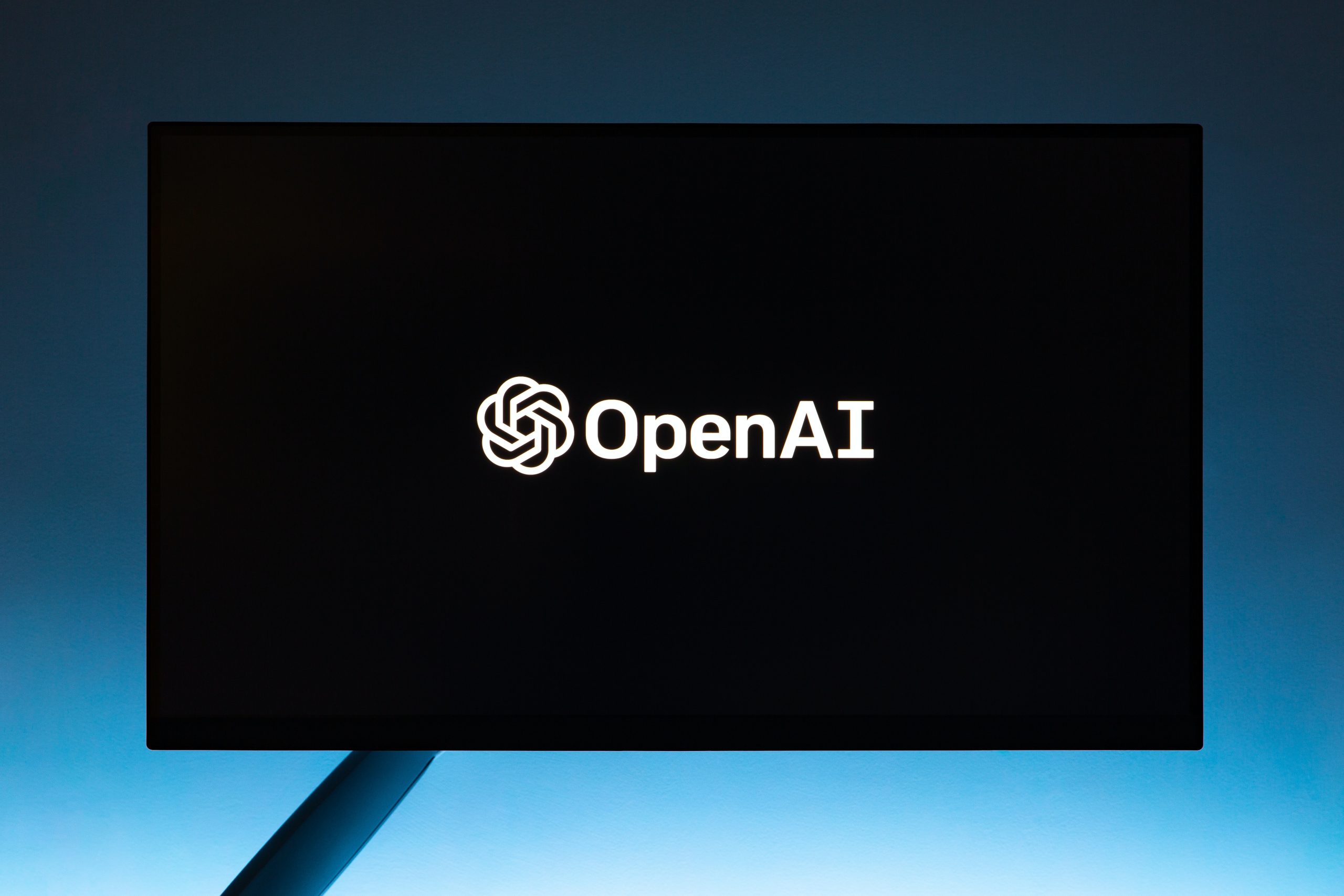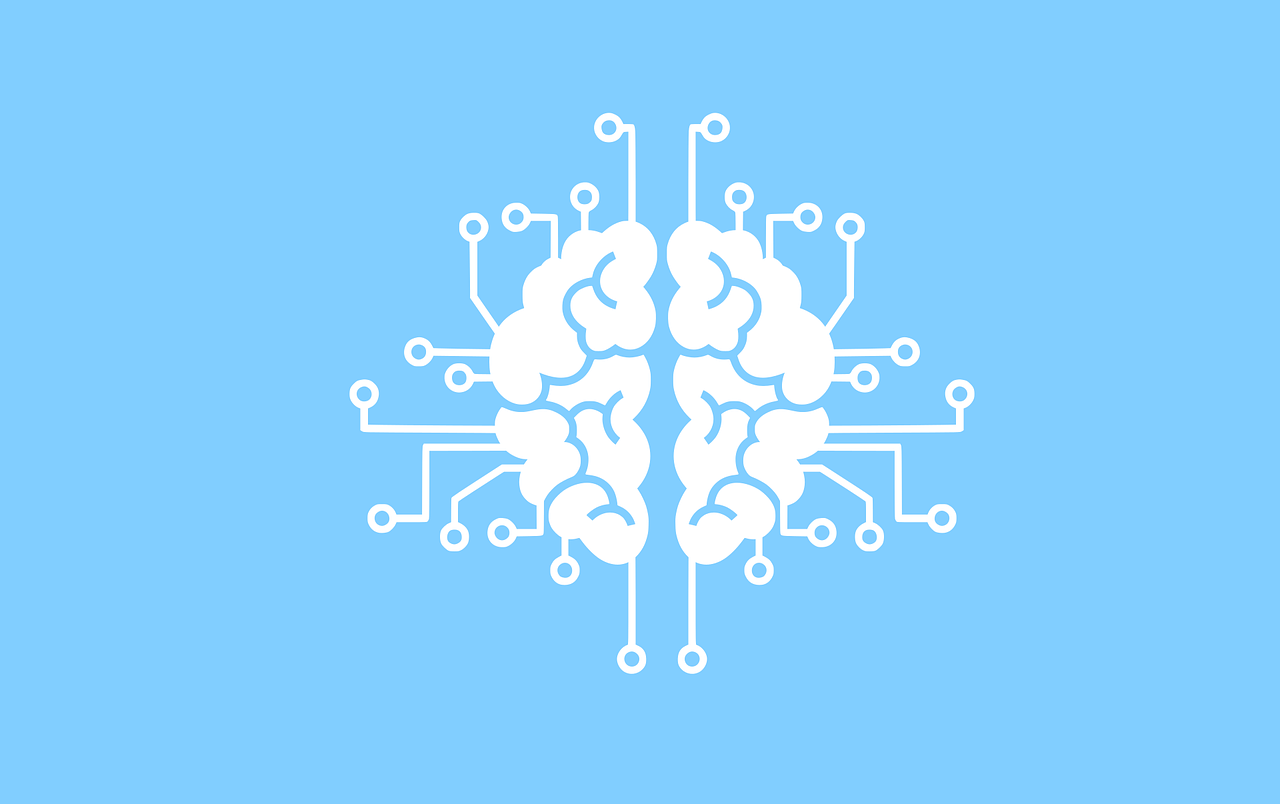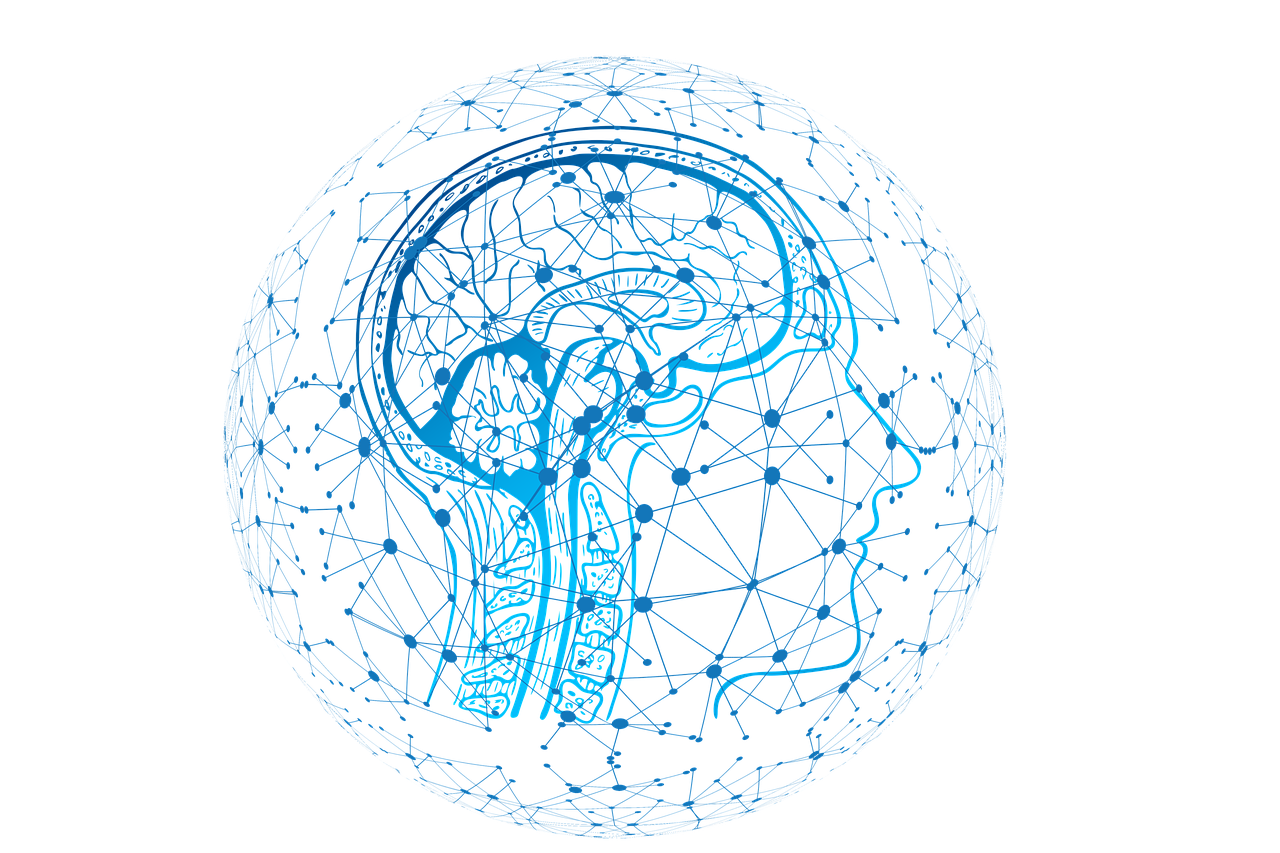What is AGI? Artificial General Intelligence Explained
Delving into the captivating world of Artificial General Intelligence (AGI), this blog post takes you on a journey from the concept’s origins to its promising future. With a deep-dive into the work of key players such as OpenAI, the challenges ahead, and the potential impacts of AGI, it offers a comprehensive understanding of how AGI aims to redefine our interaction with technology and its role in various industries. Balancing technical depth with accessibility, this post is a must-read for anyone interested in the cutting-edge developments in AI and AGI.






